Frederica Freyberg:
A first look tonight at a major piece of the state budget, spending for K-12 education. The Legislature’s Joint Finance Committee voted Thursday to increase K-12 funding by $500 million to $12.3 billion. That includes $97 million more for special education. Increasing revenue limits by $200 per pupil in the first year of the budget and $204 in the second. It would increase the reimbursement to districts for special education to 30% in the second year and put $12.5 million into mental health. The Legislature’s Joint Finance Committee voted along party lines to approve the plan.
John Nygren:
I believe this investment that we are making today is adequate. In fact, it goes beyond adequacy. I think it goes to fund what is our most important priority and that’s our kids. I also believe, most importantly, that the promise we’re making today is sustainable.
Evan Goyke:
Representative Nygren said that this budget proposal, the Republican plan, that it wouldn’t matter, that it doesn’t matter what zip code you live in, that under their proposal, you get a quality education. Wrong. Nope. Inaccurate. Not true. This budget makes changes, this motion made changes to the governor’s budget, and it does matter where you live. This motion does pick winners and losers.
Frederica Freyberg:
Democrats especially fault the Republican spending plan for what they regard as shorting special education. But Finance Committee Vice chair Republican Senator Luther Olsen calls the GOP school plan the best it gets, though overall it falls $900 million short of what Governor Tony Evers proposed and $500 million short of the governor’s special education funding proposal. Senator Olsen joins us from Oshkosh. Thanks very much for doing so.
Luther Olsen:
My pleasure.
Frederica Freyberg:
Describe why you think this is a good K-12 budget.
Luther Olsen:
Well, it’s going to get most of the money in the budget, $500 million. It averages out about $500 some per student and our special ed number is what really Governor Evers when he was Superintendent Evers asked for. He asked for about 26% in the first year and 30% in the second year when he was state superintendent. And we hit those numbers and the thing you have to realize is, that 30% is going to be there forever, so no matter how much special ed costs increase, we will be funding 30%.
Frederica Freyberg:
As you say, this is kind of a major concern on the part of Democrats that reimbursement rate to schools for their special education spending because, again, the governor in this budget asked for 60% in the second year. So that is a big gap.
Luther Olsen:
Yeah, you know, he asked for that, but the governor proposes and the Legislature disposes, and our number is higher than the base. You can come up with any number that you sort of want, but this is one that we felt that we can continue to fund over the years.
Frederica Freyberg:
Do schools end up having to spend from their general revenues serving all students to make up for that reimbursement rate, though?
Luther Olsen:
Correct. What happens is, special ed students have individual education plans, and what that says schools have to provide, whether they have enough money in the special ed budget or not, so they are transferring money from regular ed over to special ed, and you know, robbing Peter to pay Paul. We haven’t increased that number for 8 to 10 years, that percent, so this budget, we did, bringing them up to 30%. The fed said they were going to reimburse at a much higher rate and they haven’t. In fact, I was out in DC a couple years ago talking to the Education Department saying you know, you really need to increase the reimbursement rate because it’s not what you promised, and the education folks in DC, under President Obama said, “No, we think our percent is just right.” So they’re not increasing their percent, Wisconsin is.
Frederica Freyberg:
What about the criticism that there are winners and losers in the plan passed out of Joint Finance, whereby rich districts get the same per pupil spending as poor districts without the Evers change to the funding formula, which would boost poorer districts?
Luther Olsen:
Well, they don’t get the same because we have equalized aid formula. So like I have Green Lake in my district, they get no state aid, really. The last budget, the last couple budgets, in per pupil spending, and now we’re increasing that per pupil spending to $700, so no matter what you spend in the property wealth, you get $700 or will get $700, and eventually a thousand at the end of the day, but you have to realize that there’s high value property districts, but the people who live there don’t make a lot of money. All those are pretty much vacation places, and so what happens is people who live in Green Lake that live there, their incomes aren’t that great. So that’s why we did this.
Frederica Freyberg:
You said that this is the best it gets for K-12 spending. So no further negotiation even though this spending is a third of what the governor called for?
Luther Olsen:
Yeah, I mean, we did what we could do. I don’t see us coming back to say, “Well, we’ve got more money” because I don’t know where we’d get it. The thing that concerns me is, you know, Director Lange from the Fiscal Bureau always keeps talking about we could be slipping into a recession one of these years. And so if all of a sudden that whisper happens, then we’re going to have to refigure things and it won’t be higher, it will be lower. So I really think that the number we have is a good number. I’ve talked to plenty of superintendents and they said, “Get us the two, the 204 and 30% reimbursement and we will be happy.” Would they want more? Of course. But they’re realistic.
Frederica Freyberg:
What concerns do you have about a governor’s veto?
Luther Olsen:
Well, if he vetoes it, the whole budget, then I don’t know what’s going to happen. We will probably send him bits and pieces of the budget, but the sad thing is, it just delays information for school districts because they start their budgeting year July 1st. And if this goes on until October/November, their year is, you know, going through fast, and they don’t have any increase. So I think it behooves the governor — it’s not what he wanted, but it’s an increase, and a lot of times a half a loaf or a third of a loaf is better than no loaf.
Frederica Freyberg:
We leave it there. Senator Luther Olsen, thanks very much for joining us.
Luther Olsen:
Thank you.
Frederica Freyberg:
For their part, Democrats call the Republican K-12 spending plan inadequate. Joint Finance Committee Member, Democratic Representative Chris Taylor voted against the Republican budget measure for schools. She joins us now. Thanks very much for being here.
Chris Taylor:
Thanks for having me.
Frederica Freyberg:
So tell us why you voted against this plan.
Chris Taylor:
Well, the governor proposed a $1.4 billion increase that our schools are desperate for. We went all over the state in Joint Finance hearings on the budget and what we heard is people begging us to adopt the governor’s K-12 budget, given the inadequate funding over the last eight years, and even the steepest cut we’ve ever seen in the history of our state. So we wanted and the people wanted that increase, our schools are hurting, a record number have gone to referendum. Just in November, this last November, 77 referendum passed. People voted to raise their property taxes by $1.4 billion to fund schools. So it’s very interesting the governor was proposing $1.4 billion in an investment, and it’s really unfortunate that my Republican colleagues cut that proposal by about $900 million.
Frederica Freyberg:
Now one of Democrats’ big concerns as I listened to the work before the Joint Finance Committee was around special education. But Senator Luther Olsen says yes, but the 30% reimbursement rate to schools in the second year of this budget is what Tony Evers asked for.
Chris Taylor:
Look, our schools were asking for fair funding of special ed. Private voucher schools get 90% of their costs covered for special ed. Our public schools get 25%. 30% is inadequate. We had the money to do it, the governor proposed a way to do it, but unfortunately Senator Olsen and his Republican colleagues are more concerned with protecting $1.1 billion in tax cuts to the most wealthy in our state. That’s what they voted for above our school children. So there was a way to do it. It was funded in the governor’s budget. You know a budget is about priorities and it was not a priority of my Republican colleagues.
Frederica Freyberg:
Your Republican colleagues also say this, the governor’s plan, was not sustainable, but you think it is.
Chris Taylor:
What’s not sustainable is spending $2.2 billion since 2011 on private unaccountable voucher schools. Voucher schools just in this last biennium got $712 million. Those monies are coming from our public school. The public schools are having to levy to make up for that money so property taxes are increasing. That’s not a sustainable system. There was a way to fund the $1.4 billion investment that schools around this state came out strongly supporting. There was a way to do it, my Republican colleagues refused to do it. They could do it, they wouldn’t do it.
Frederica Freyberg:
Meanwhile, Republican Howard Marklein said this: “Those who criticize our plan are focused on an unrealistic, blue sky wish list of spending that raises taxes and sacrifices other priorities.”
Chris Taylor:
Well, in Senator Marklein’s district alone, last year, there were 16 referendums to fund schools because, again, they’re not receiving the state support that they need. 15 of those referendum passed. So his own schools would have benefited greatly from this $1.4 billion investment that our governor was proposing. Again, it’s about priorities. They could have, my Republican colleagues could have scaled back some of these massive tax giveaways that benefit millionaires. $1.1 billion. They wouldn’t do it. They wouldn’t use that money to fund our schools. And you know, our schools in this — just this year are still not back to 2011 funding levels when you adjust for inflation. They’re still short. We’re not even back to 2011.
Frederica Freyberg:
Now the majority says that school leaders and their districts are applauding their K-12 budget plan. What are school leaders in your district saying about it?
Chris Taylor:
Well, look, all around this state, schools are having to transfer $1 billion to cover special ed costs. Special ed costs are not discretionary. You have to provide special education. So we know that schools have been impacted. Schools are certainly impacted here in Madison, and transferring this massive amount of money from general aids to special ed, which really is unfair to all children. I think what’s happened in this state, because my Republican colleagues have refused to make the investments that we’ve needed in public education, any amount that superintendents get, they’re just relieved they weren’t cut, quite frankly, given what’s happened in the last eight years.
Frederica Freyberg:
Given the gap in spending between the Republican plan and the executive budget, what do you think the prospect is of Governor Evers vetoing this?
Chris Taylor:
Well, look, I think that whether this budget is vetoed, we’ve got to listen to the people of this state. And they’re the ultimate, they should be the ultimate, you know, arbitrators of whether this budget is sufficient. But the priorities of the people are not being included in this budget. We saw that with Medicaid expansion, with 70% of Wisconsinites support and now we’re seeing it with public education which really was the number one issue for voters this last November. So it’s going to be up to the people whether they’re satisfied with this budget, but my gosh, we certainly could do a lot better than what I’m seeing from my Republican colleagues.
Frederica Freyberg:
All right. We need to leave it there, Representative Chris Taylor, thanks very much.
Chris Taylor:
Thanks for having me.
Search Episodes
News Stories from PBS Wisconsin
12/03/25
Wisconsin Supreme Court agrees to hear lawsuit on whether local jails can hold immigrants for ICE

Donate to sign up. Activate and sign in to Passport. It's that easy to help PBS Wisconsin serve your community through media that educates, inspires, and entertains.
Make your membership gift today
Only for new users: Activate Passport using your code or email address
Already a member?
Look up my account
Need some help? Go to FAQ or visit PBS Passport Help
Need help accessing PBS Wisconsin anywhere?

Online Access | Platform & Device Access | Cable or Satellite Access | Over-The-Air Access
Visit Access Guide
Need help accessing PBS Wisconsin anywhere?

Visit Our
Live TV Access Guide
Online AccessPlatform & Device Access
Cable or Satellite Access
Over-The-Air Access
Visit Access Guide
 Passport
Passport





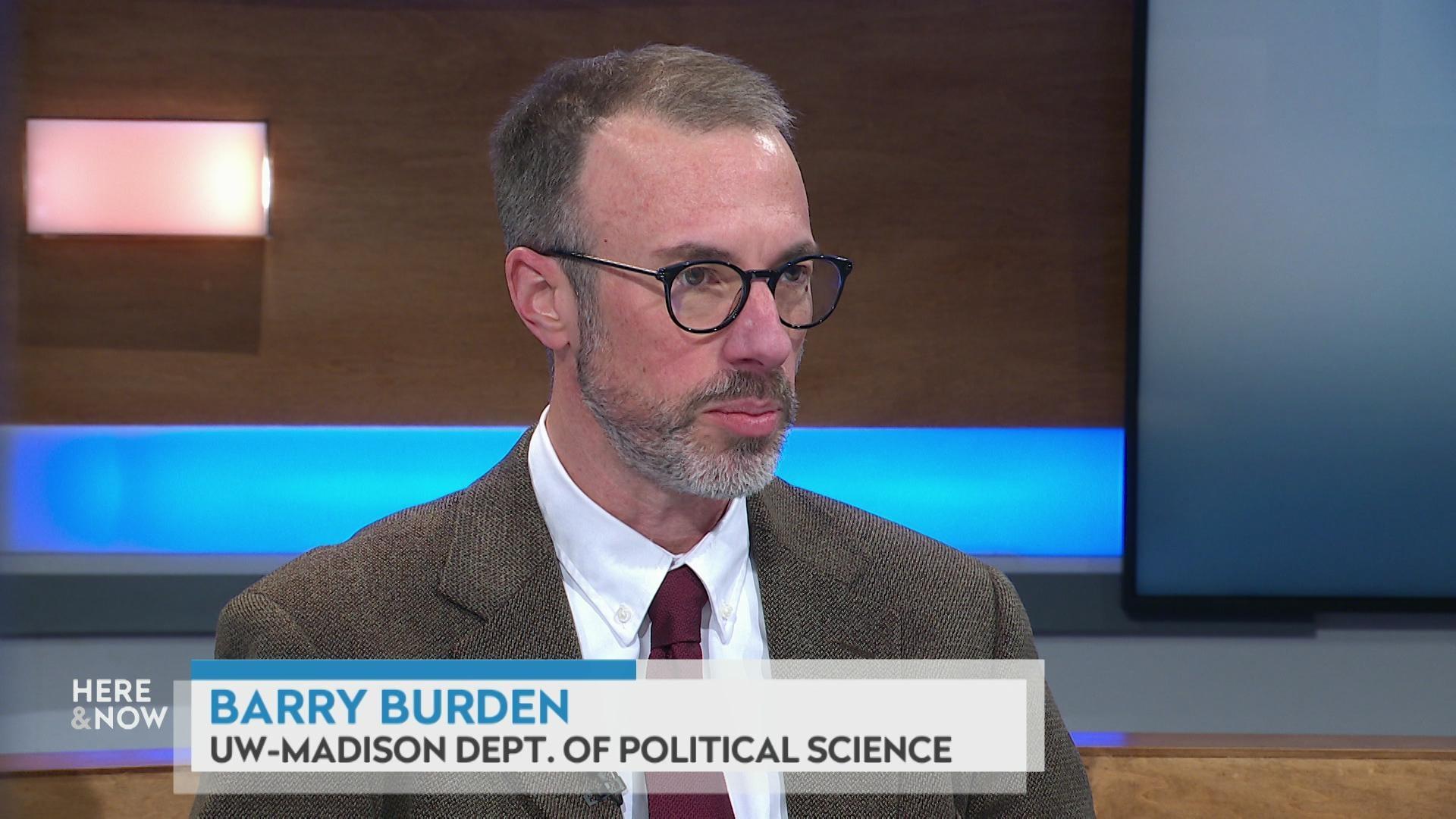

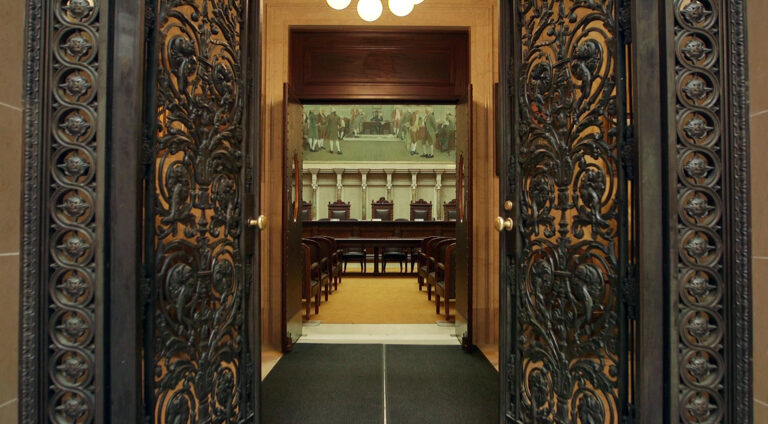
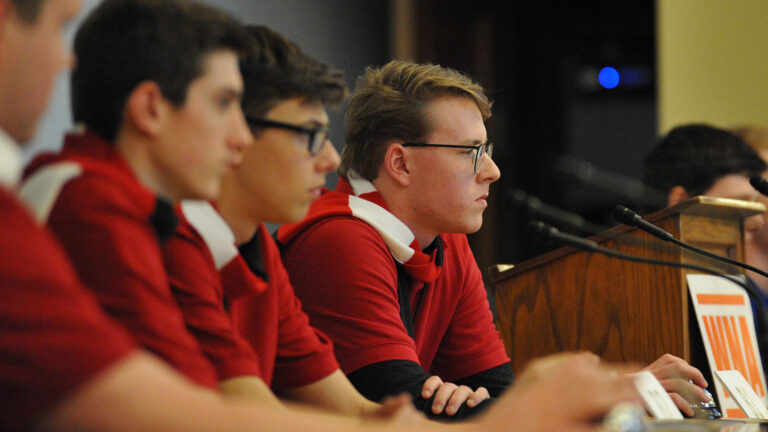
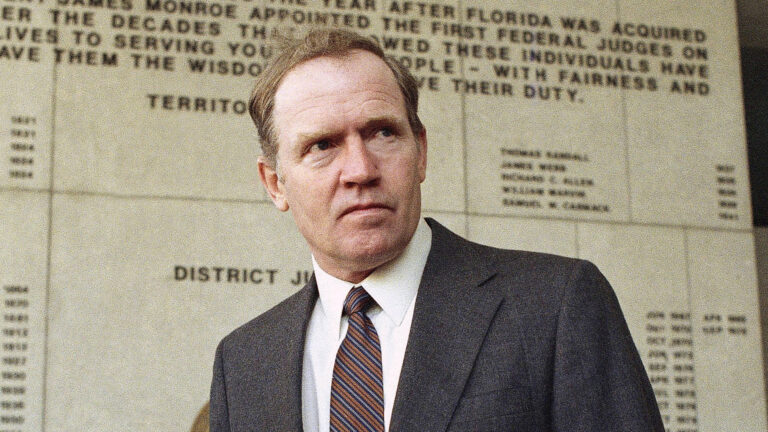

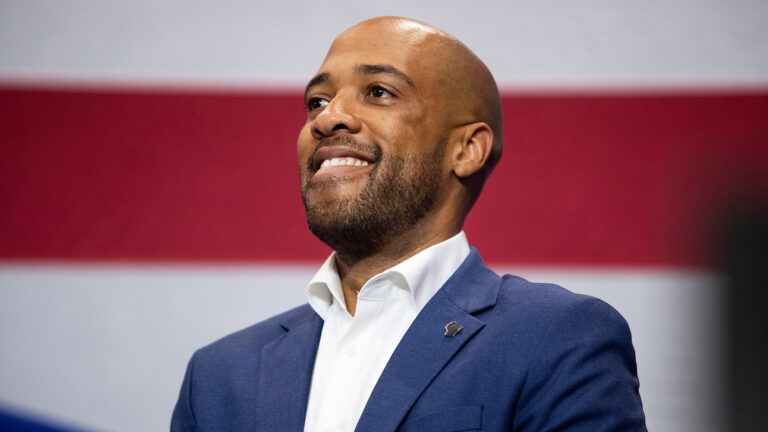
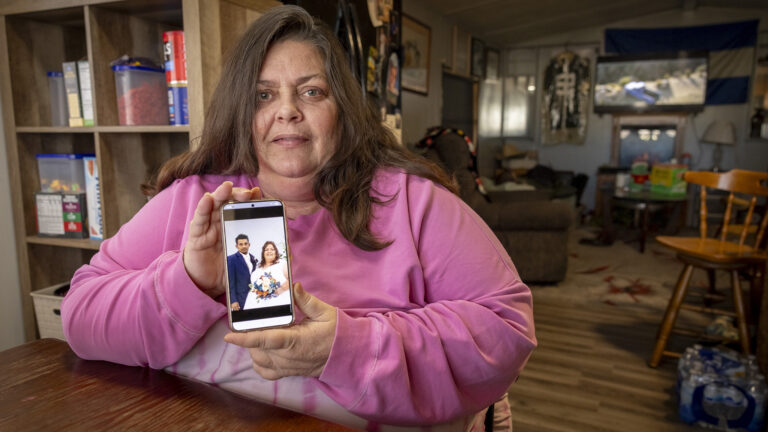
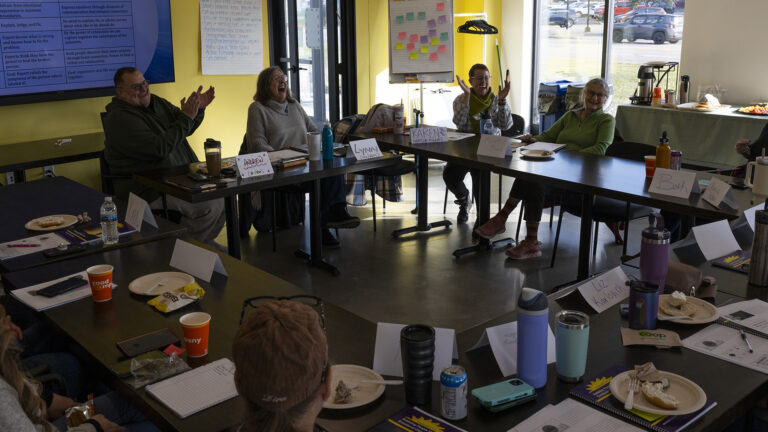
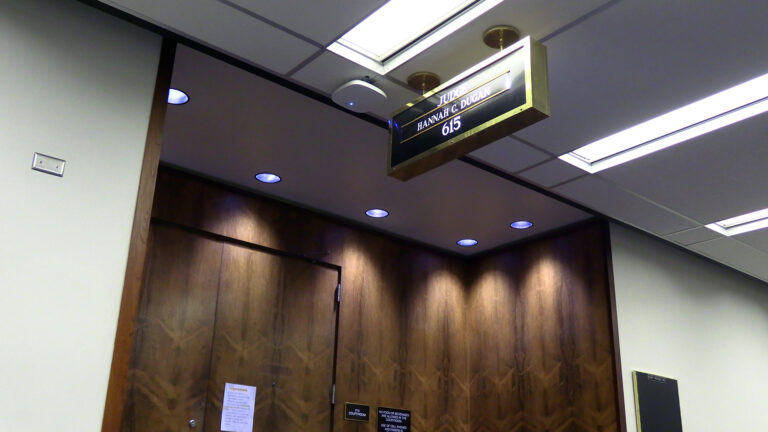
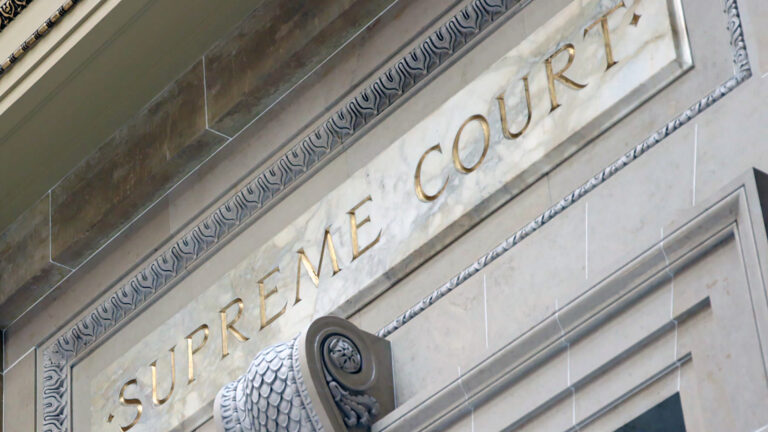
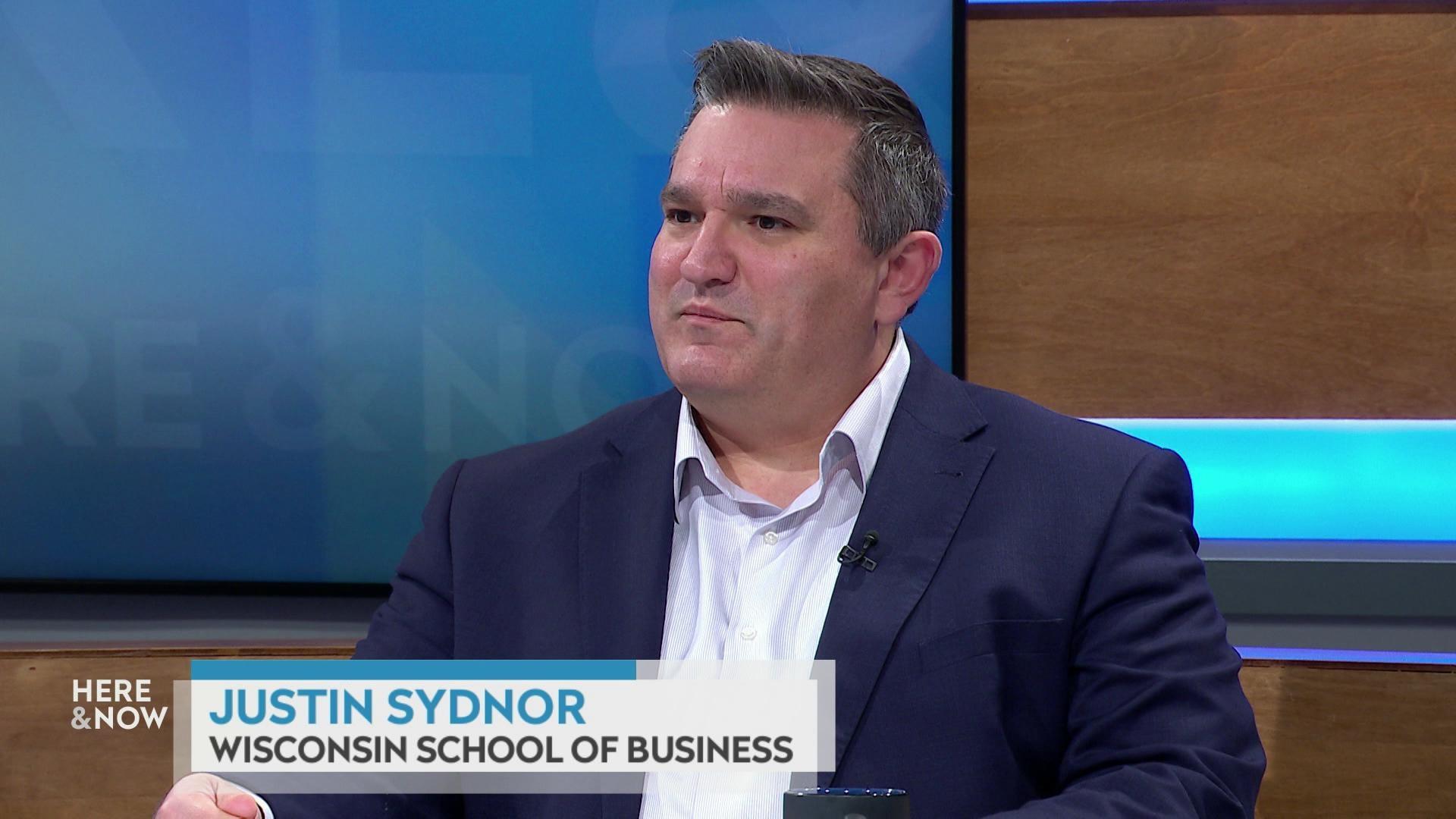

Follow Us